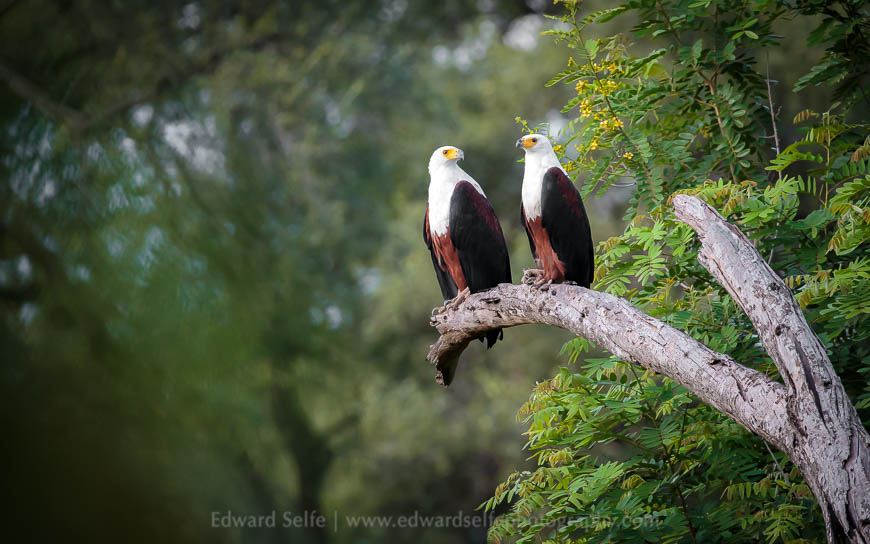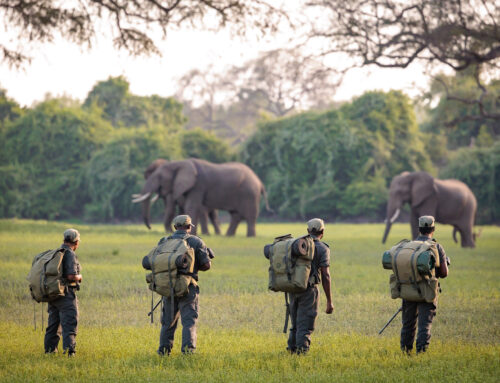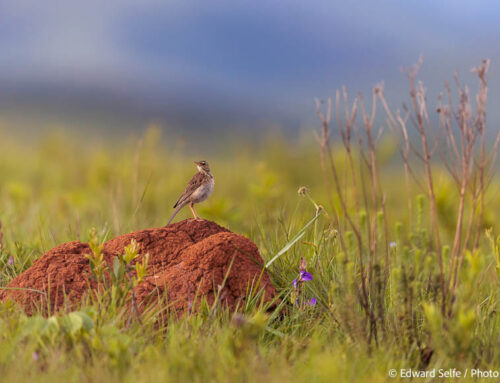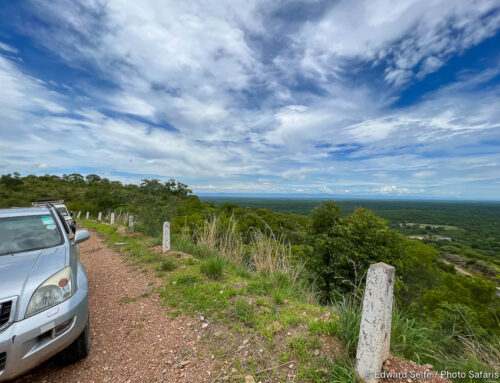By the time we reach February, the nature of Zambia’s rainy season is beginning to change: we see a shift from the gradual build-up and impressive thunderstorms, to a more steady, persistent frontal rainfall. Skies are overcast, often giving cool days with intermittent rain throughout.
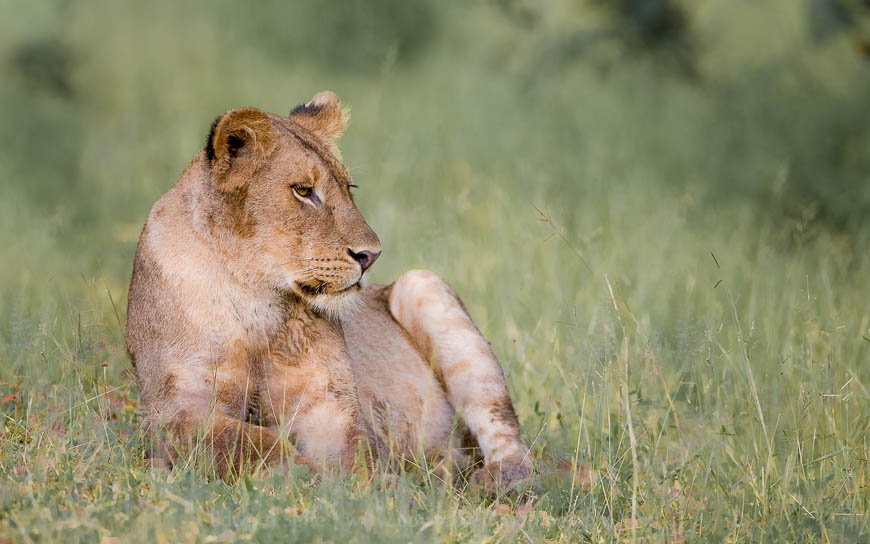
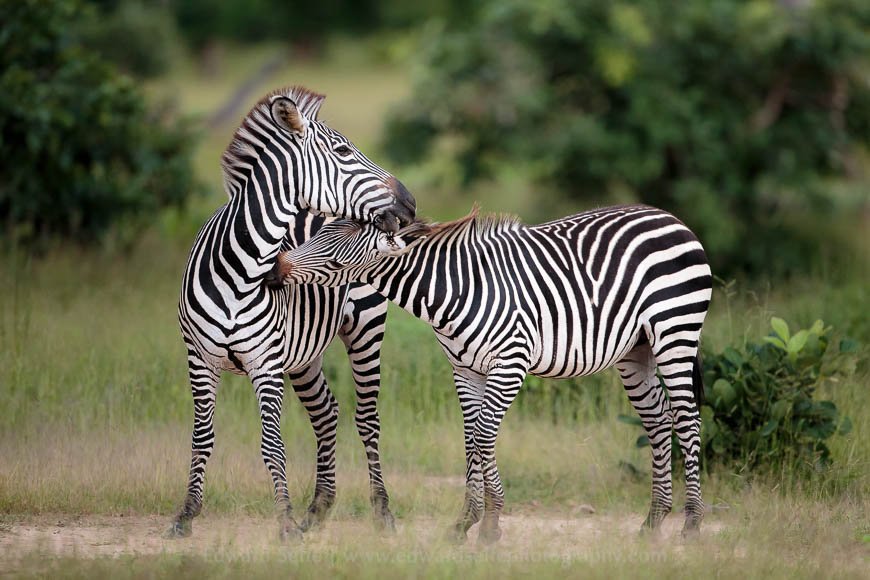
The vibrant, intense (almost unreal) green of the early rains has passed, and the park is covered in mosaic of sage-, moss- and mint-greens. In some areas, rich aquatic grasses thrive in the shallow pans, and in the dry sandy zones, fine crow’s-foot grasses form a hazy, translucent carpet.
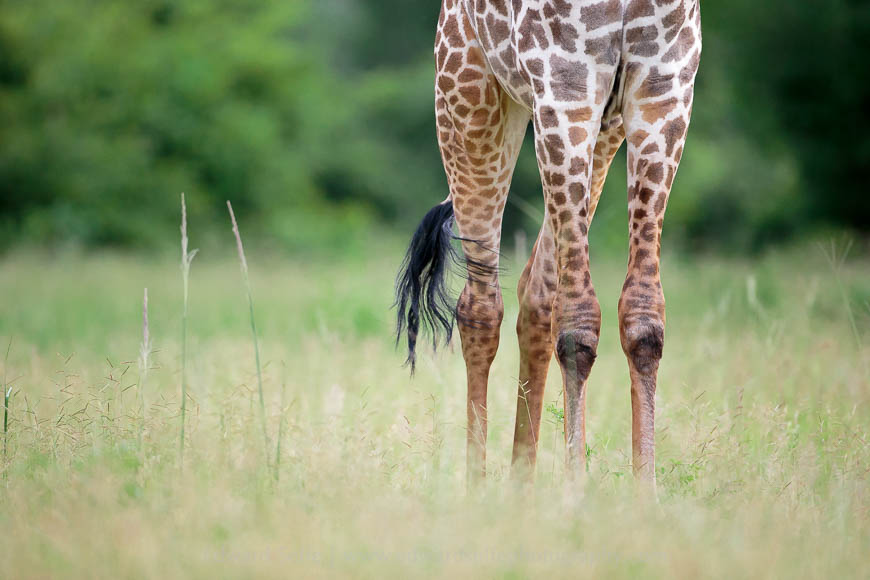
In the flooded grasslands, grass birds – such as bishops, weavers, whydahs and queleas – build nests and breed busily amongst the tall stems. Territorial males, in their breeding finery, display from the tallest shrub in their patch, warning others to keep clear.
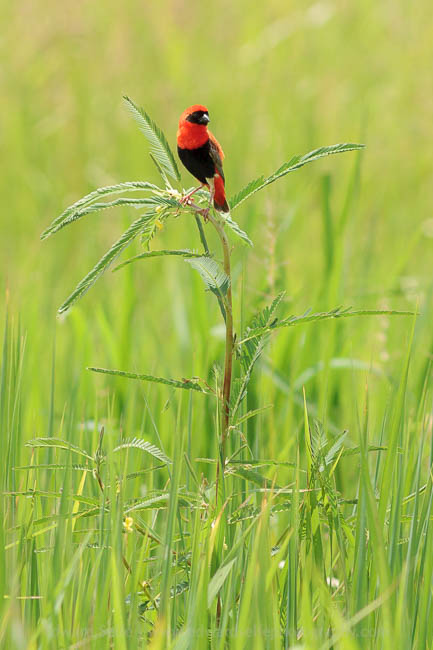
The river level will likely reach its highest in February or March, when peak rainfall coincides with flooded rivers downstream which restrict outflow. When the drainage system is so close to bursting and the soil is totally saturated, the river level can rise at an alarming rate….will it flood or won’t it?! Meanwhile, we take advantage of the chance to boat along the flooded waterways.
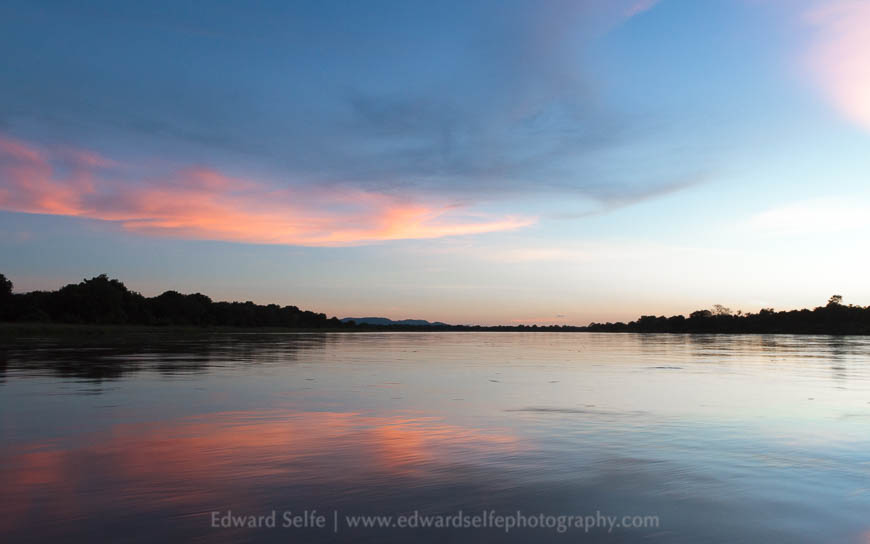
Elephants love the chance to take the weight off their feet and play in the flooded river. Bulls are particularly keen on this, often mounting each other and toppling off like calves playing. They have to take care though, as the flow is fast and there are long stretches of river with no suitable exit points; we occasionally see an elephant carcass floating down the river after failing to climb out.
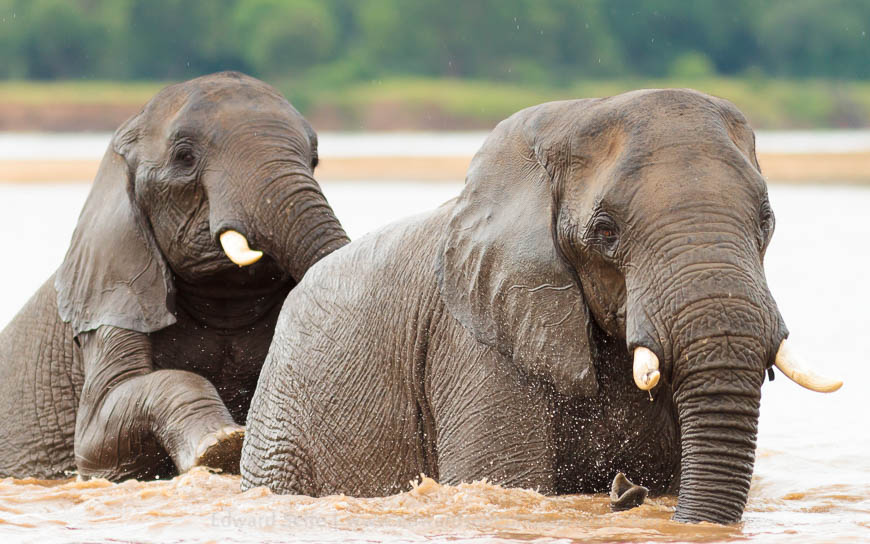
Birds are at their most active during the rainy months. After the initial drama of courtship and nesting sites, most are settled into the incubation and chick-rearing stages by the time February arrives. Hornbills are making endless deliveries to their wives sealed into tree holes, young cuckoos can be seen pursuing their host parents from branch to branch, and Crowned Crane chicks are making their first forays away from the nest.
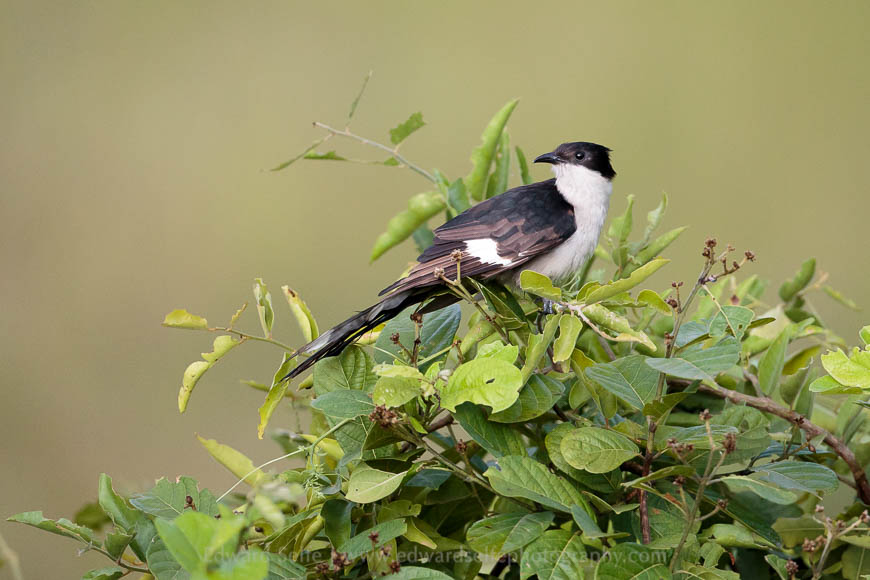
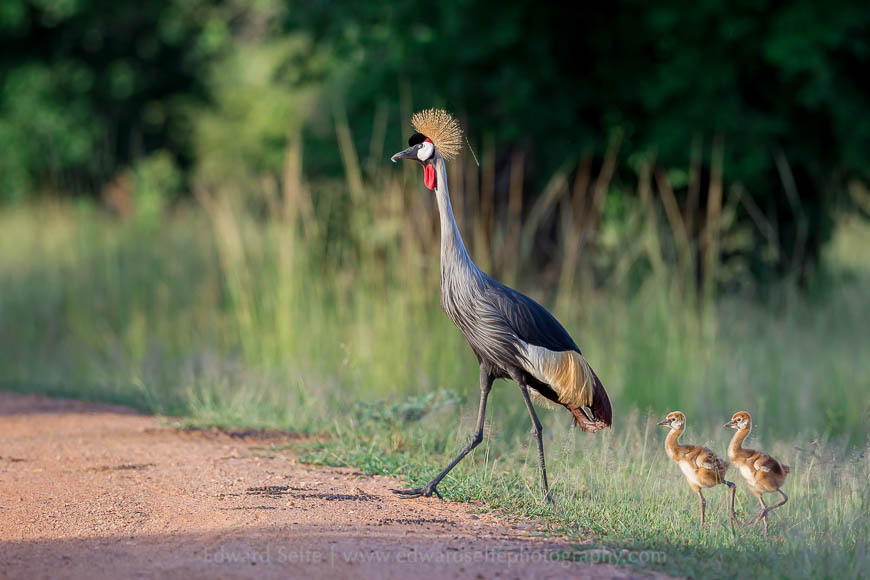
With some much water around, the roads are a transit route for everyone, not just humans in vehicles! Predators navigate along the roads, often lying nearby in the heat of the day, and elephants form regular road-blocks. Where elephants leave droppings and urine, butterflies follow seeking the nutrients and minerals left behind.
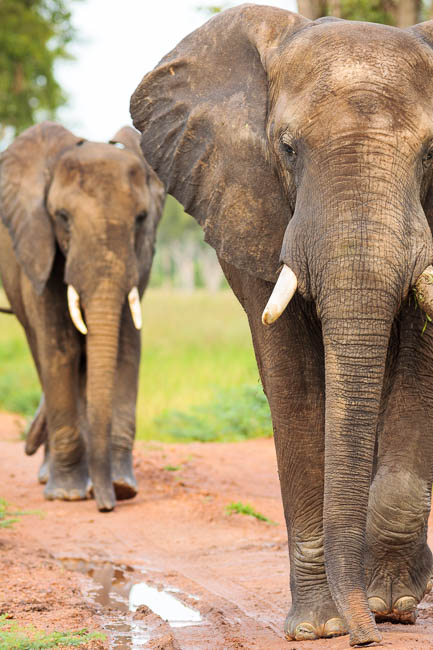
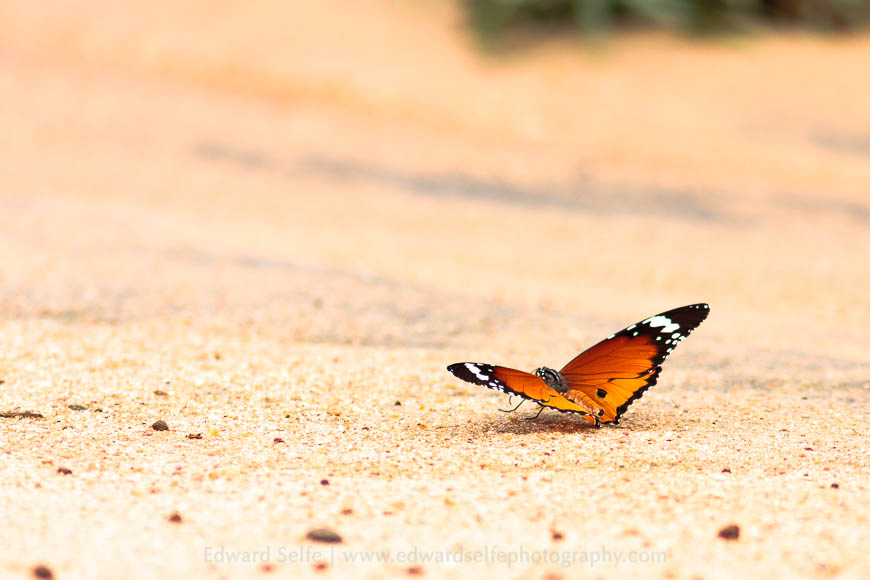
It is a time of plenty for most animals, and it’s easy to see from their behaviour that the feeding pressure of the dry season has lifted. Mammals play with their young, youngsters play together and there is an un-hurried feel to life in the bush. The exceptions to this are predators who find life more difficult since their prey are healthier, fitter and far more dispersed across the National Park.
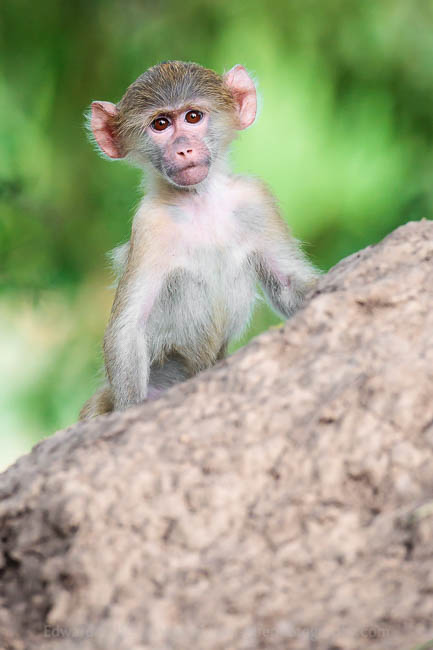
February is usually a cool, cloudy and rainy month in the Luangwa, interspersed with hot clear days, and occasional thunderstorms. It’s one of the best months for boating along the Luangwa – not possible for most of the year! – and the bush is healthy and vibrant.
